Guide to Visiting the Sardinia Wine Region 2023: Food, Wine & Sardinian Lifestyle
Last Updated on January 22, 2024.
Sardinia is an island in the Mediterranean between Italy and Africa. Although it is part of Italy, it is worlds away from a typical Italian region. In many respects, the only way to describe it is that it’s Sardinian. There is even a Sardinian dialect, although locals speak Italian as well. The cuisine, wine, culture and way of life are all a little bit different from the mainland, and all of these aspects are attributed to Sardinia becoming one of the 5 “blue zones” in the world. A blue zone is an area where locals live to be over 100 years old. Perhaps a visit will tack on a few more years to your life.
The Sardinia Wine Region
The Sardinia wine region enchants visitors with its alluring blend of natural splendor and bucolic charm. The island’s vineyards, nestled amidst rolling hills and framed by the azure Mediterranean Sea, present a captivating tapestry of colors, from lush green vines to golden sunlight. Ancient olive groves and fragrant maquis shrubs add to the picturesque scenery, inviting guests to immerse themselves in the island’s serene beauty.
While the Sardinian wine region is a haven for oenophiles, it also offers a plethora of other activities for those seeking adventure or relaxation. The crystal-clear waters surrounding the island provide an idyllic setting for diving and snorkeling, where one can explore vibrant marine life and intriguing shipwrecks. Sardinia’s diverse terrain, encompassing rugged mountains, verdant forests, and scenic coastal paths, presents numerous hiking and trekking opportunities for outdoor enthusiasts of all skill levels. From traversing the dramatic Supramonte limestone massif to strolling along the pristine shores of the Costa Smeralda, Sardinia’s wine region promises a wealth of unforgettable experiences that extend far beyond the vineyards.
Sardinian Wine
Red Wines of Sardinia
Cannonau has long been Sardinia’s most successful offering. Cannonau is actually the same as Grenache, and has been linked to the longevity of the locals as it is high in anthocyanins and polyphenols, both antioxidant-rich compounds.
RECOMMENDED: The Best Wineries in Sardinia to Visit This Year
More recently, the region has made a big push to shine a light on its Carignano, or Carignan as it’s known in the States. Said to have been brought over by the Phoenicians, Carignano found a perfect home along the coasts of Sardinia with its resistance to wind, salt and spring colds.
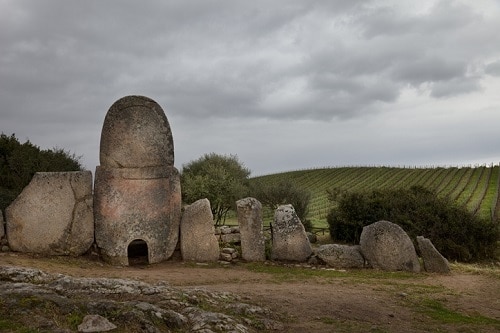
Another red grape of note is Monica, which is barely grown anywhere else in the world. It is a lighter-style red with low tannin and acidity and makes for an easy-drinking juicy wine.
White Wines of Sardinia
Vermentino is king in the white wine department and the Sardinian wine region produces lush and intriguing bottles of wine. The diurnal shift gives it deep concentration and fatness, while the sea air gives it a hint of saline that registers as an undercurrent to the wine’s natural savory notes.
Made in many styles from still, sparkling, and sur lie, Torbato is a grape that originated in Spain but is rarely seen anymore.
If you are looking for a rustic, dry white — try Nuragus, one of the most planted white vines on the island which boasts zesty acidity, light citrus and fresh orchard fruit.
Moscato also calls Sardinia home, although it is typically made in a still style.
Grown since Roman times, Nasco — named for its mossy aromas — is unique and beguiling. It is made in still styles typically but some producers use it to make sparkling wines.
Sardinian Wine Region Lifestyle
With aqua blue waters surrounding the island, it’s no surprise that a relaxed, beachy vibe encompasses the region. The isolation of the island does not translate to isolation ON the island. There is massive importance on community—families generally stay in close contact and get together regularly, friends meet up often and there is much collaboration in terms of work and agriculture.
The Food and Wine of Sardinia
Barely any red meat is consumed as the protein is mostly fish, and dairy products come from local sheep and goats so they lack the sensitive lactose enzyme.
Notably, the wines are rich in resveratrol—an antioxidant which has recently been touted to contain numerous health benefits.
Sardinian pasta is not produced like a typical noodle, but instead, a small round semolina-base is used called Fregola. These pastas are usually made with shellfish and tomato sauce with saffron (which Sardinia is a major producer of)—almost like a paella.
When it comes to bread, it’s less like focaccia and more crepe-like, except that it is crispy until dipped in a sauce. This bread is called pane carasau (translation: music paper bread).
Other food of note in Sardinia include:
- Suckling Pig or “porcheddu” which is cooked over myrtle leaves for hours and then served on a cork tray.
- Bottarga is dried mullet roe that is sliced thin and served on bread or over pasta.
- Casu Marzu is a sheep’s milk cheese that gets its flavor and texture from live maggots. Yes, maggots. Once the maggots have ingested the cheese, they expel an acid that causes the hard cheese to break down and become spreadable. Recently, it has been regulated more and more and is increasingly hard to find.
- Red Tuna — or tonno rosso — is a delicacy from the Mediterranean Sea between May and June and is served in a number of ways. Most often it can be found alongside simple, fresh ingredients like basil, tomatoes and olive oil.
- Octopus, sea urchin, mussels, and of course sardines are par for the course across the island as well.
Getting to the Sardinian Wine Region
Reaching the enchanting island of Sardinia is a breeze, as visitors have multiple options at their disposal. The most convenient mode of transport is by air. Sardinia has three main airports: Cagliari Elmas Airport (CAG) in the south, Olbia Costa Smeralda Airport (OLB) in the northeast, and Alghero Fertilia Airport (AHO) in the northwest. These airports provide direct flights to and from various European cities, and connecting flights are available for those traveling from other continents. Major airlines, as well as low-cost carriers, service these airports, providing a wide range of options for travelers. You can check and compare flight prices into any of these airports right here using Kayak.
For those who prefer a leisurely journey, ferry services offer an alternative means of reaching Sardinia. Numerous ferry lines connect the Italian mainland and other Mediterranean ports to the island’s primary ferry terminals, located in Cagliari, Olbia, Porto Torres, Arbatax, and Golfo Aranci. Traveling by ferry allows visitors to bring their own vehicles, which can be advantageous for exploring the island at their own pace.
Getting Around the Sardinian Wine Region
Once on the island, navigating Sardinia presents various options to suit different preferences and budgets. Renting a car is the most popular and convenient way to explore the island, providing the freedom to roam its picturesque countryside, charming towns, and pristine beaches. Car rental services are available at the airports and major cities, with a wide selection of vehicles to choose from. Keep in mind that during the high season, it’s advisable to book a car in advance to ensure availability.
For those who prefer not to drive, Sardinia has a public transportation system that includes buses and trains. ARST (Azienda Regionale Sarda Trasporti) operates a comprehensive network of bus services connecting the main cities and towns, as well as some popular tourist destinations. However, rural areas and secluded beaches may be less accessible by bus. Trenitalia, the national train company, runs train services between major cities like Cagliari, Sassari, and Olbia, offering a scenic way to traverse the island. Keep in mind that train services may be limited in some areas and can be slower than driving.
Cycling and scooter rentals are also popular ways to navigate Sardinia, especially for short distances or exploring specific regions. These options allow visitors to truly immerse themselves in the island’s stunning landscapes and vibrant local culture.
Frequently Asked Questions about the Sardinian Wine Region
More Ways To Explore Italy
10 Charming Italian Towns To Visit If You Love Food & Wine
Collio: One of the Most Unique White Wine Regions of the World
Franciacorta Itinerary: How To Spend a Week in Northern Italy
Campania: Fall in Love With the Aglianico Grape Variety
Written By Carrie Dykes
Carrie Dykes is wine writer and reviewer living in the Hudson Valley region of New York. Her by-line can be also be found in Hudson Valley Wine Magazine, InCider Japan, The Cork Report and Wine Enthusiast Magazine. She is an international wine judge for the IWSC, where she uses the skills she has learned in her WSET Diploma training.
You are reading “Travel Guide to the Sardinia Wine Region” Back To Top
Sardinia wine tourism, Sardinia wine region travel information: best wineries in Sardinia
If you enjoyed this guide, make sure you register to become a Winetraveler for free! You’ll get access to all of our content and interact with other Winetravelers and for travel inspiration around the world. Be sure to follow along with us on Instagram as we continue to feature more exciting destinations.
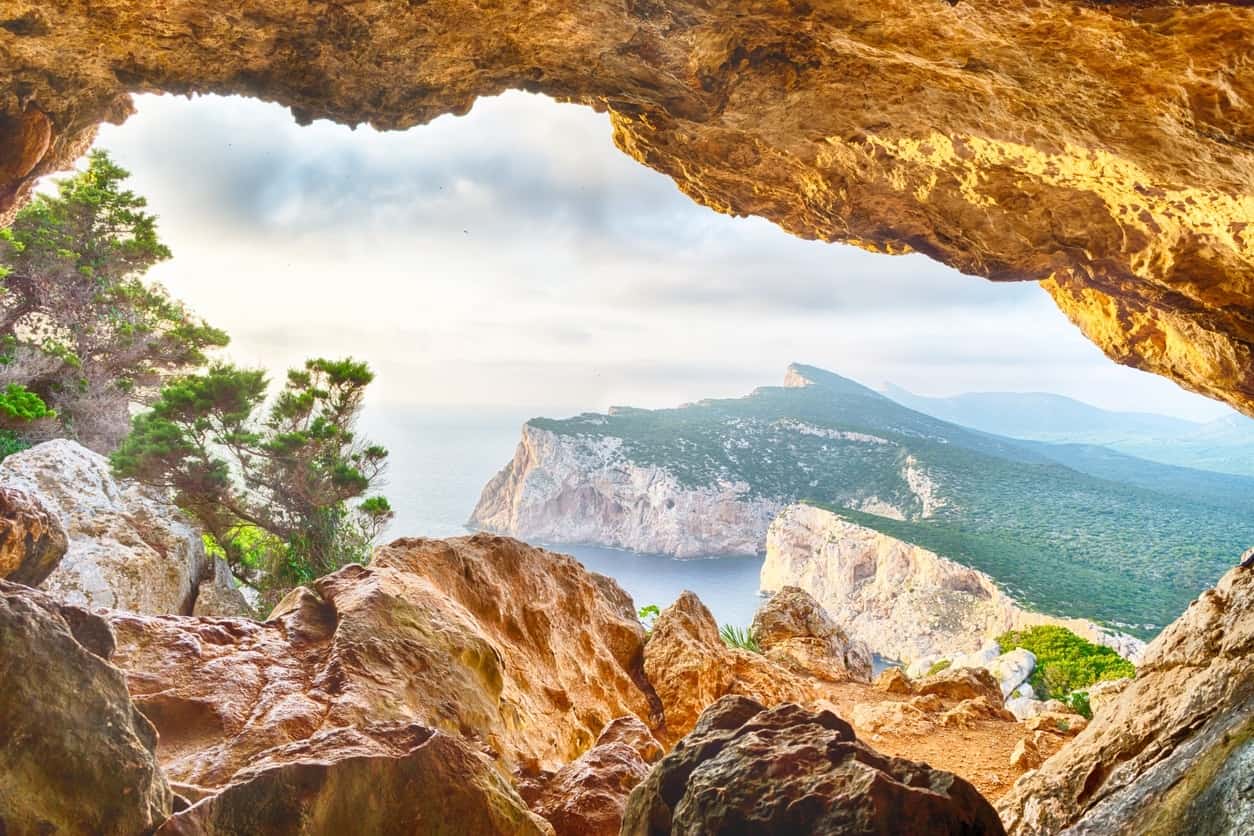
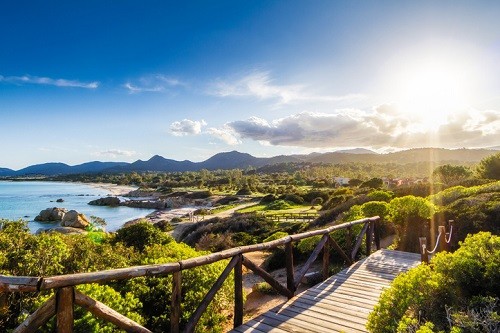
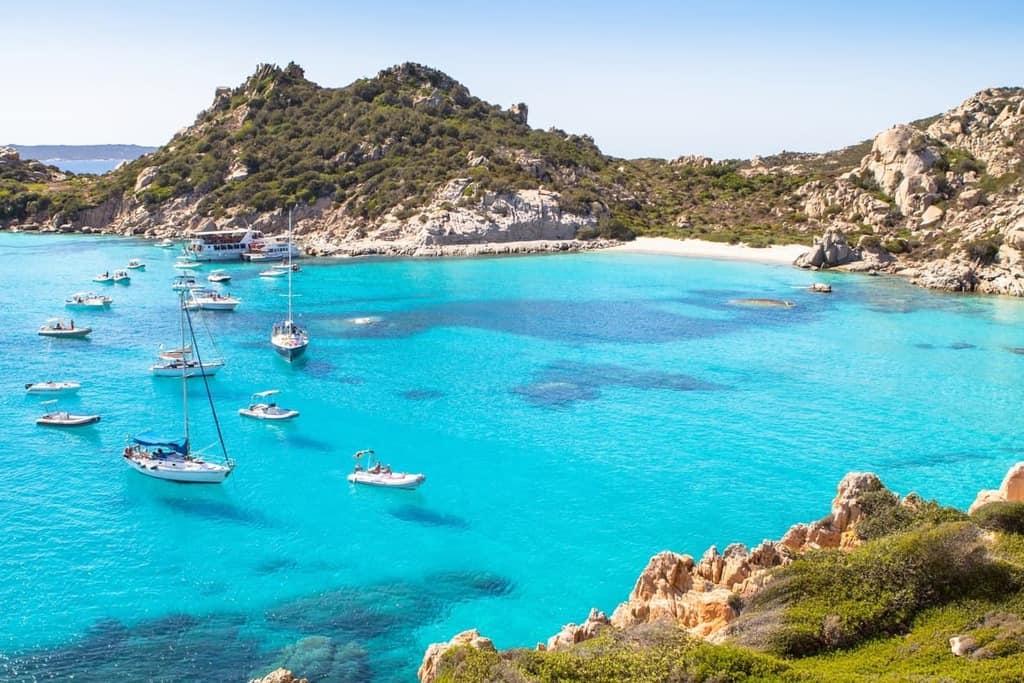
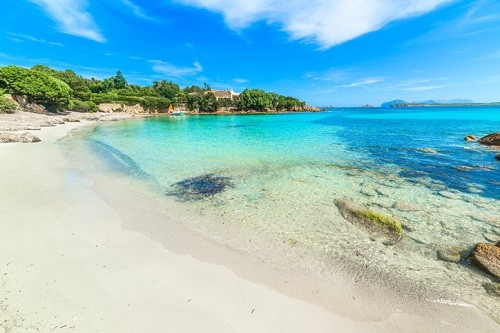
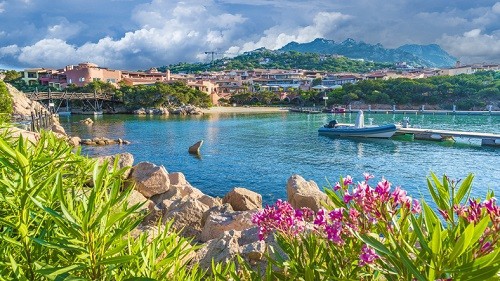
Complimenti Carrie Dykes, hai colto perfettamente l’essenza dell’isola e dei suoi abitanti.
Grazie Max! Sono così felice che ti sia piaciuto.